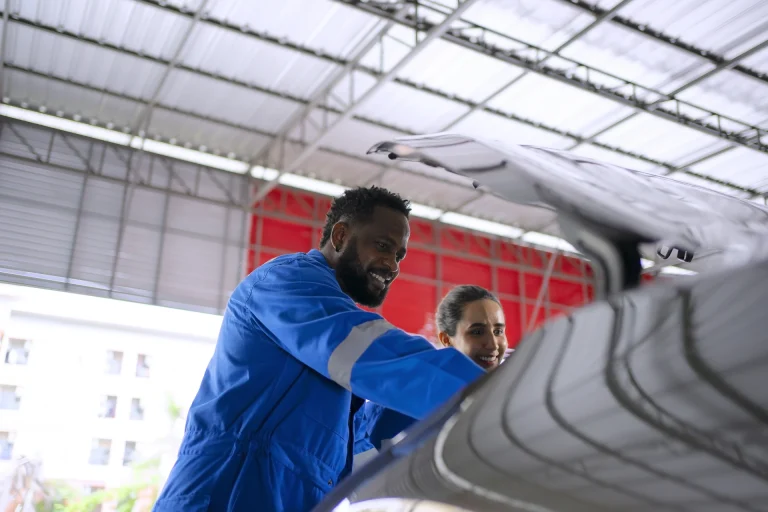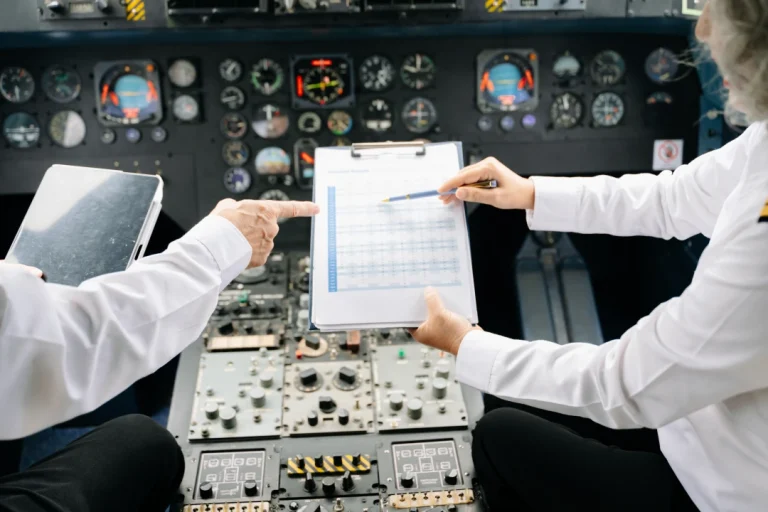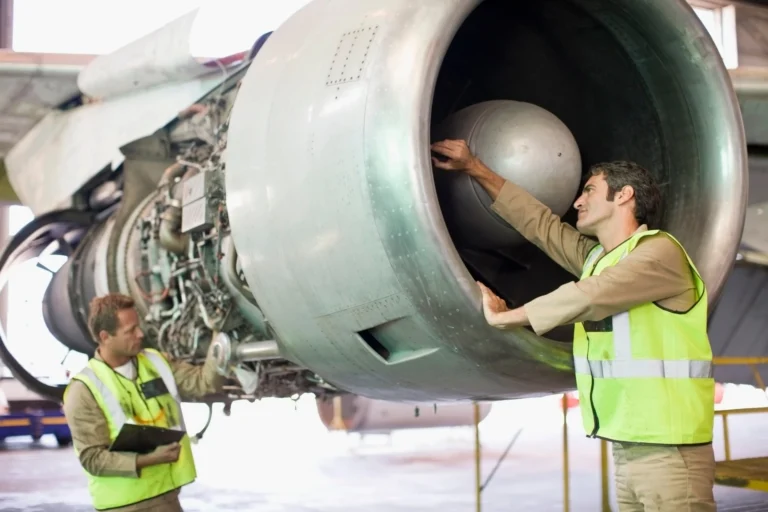The aviation industry is one of the most regulated sectors in the world, with rules evolving to ensure safety, sustainability, and efficiency. As we approach 2025, several regulatory changes are poised to impact airlines, passengers, and maintenance professionals alike. These updates will influence how aviation businesses operate and how students in aviation training programs prepare for their future roles. In this blog, we’ll explore the upcoming changes and what they mean for the aviation industry.
Key Regulatory Areas to Watch in 2025

Stricter Environmental Regulations
- The International Civil Aviation Organization (ICAO) is pushing for more aggressive targets under its Carbon Offsetting and Reduction Scheme for International Aviation (CORSIA). By 2025, airlines will face stricter emission caps, requiring increased adoption of Sustainable Aviation Fuels (SAF) and more fuel-efficient operations.
- Noise Pollution Standards: The industry will also implement stricter noise limits for new aircraft models, promoting quieter engines and designs.
- Waste Management Policies: Airports and airlines may be required to adopt improved waste management practices, including the recycling of in-flight waste.
Adoption of New Technology Standards
- Digital Aircraft Maintenance Records: Regulators are moving toward mandatory digitization of maintenance logs, which will streamline audits and inspections.
- Cybersecurity Requirements: With rising concerns over cyber threats, aviation authorities will mandate stronger cybersecurity measures to protect aircraft systems and passenger data.
- Advanced Air Traffic Management (ATM): The integration of satellite-based navigation systems like ADS-B (Automatic Dependent Surveillance–Broadcast) will be expanded globally to improve airspace management and safety.
Safety Standards for Emerging Aviation Technologies
- Urban Air Mobility (UAM): Air taxis and drones are expected to see stricter certification standards by 2025 as they enter commercial operations. This will involve new guidelines for their manufacturing, operation, and maintenance.
- Electric and Hybrid Aircraft: Regulatory frameworks for electric and hybrid propulsion systems will become more robust to address safety and certification challenges.
- Autonomous Systems: Autonomous aircraft and systems will require new certification protocols to ensure safe integration with traditional aviation.
Passenger Rights and Accessibility
- Improved Compensation Rules: Changes in passenger compensation rules for delays and cancellations are expected to enhance passenger protections globally.
- Accessibility Standards: Regulators will emphasize improved facilities for passengers with disabilities, requiring airlines and airports to adopt universal design principles.
Enhanced Training and Certification Requirements
- Crew and Maintenance Training: As technology evolves, regulatory bodies like EASA and FAA are expected to introduce updated training requirements for pilots and Aircraft Maintenance Engineers (AMEs). This includes mandatory training on cybersecurity, electric aircraft, and data-driven maintenance tools.
- Standardization in Drone Operations: With drones becoming integral to airport and aircraft maintenance, regulatory training for drone operators will be standardized globally.
How These Changes Impact Aircraft Maintenance Engineers

Aircraft Maintenance Engineers (AMEs) will need to stay ahead of these regulatory changes to remain competitive in their careers. Here’s how:
- Green Maintenance Practices: AMEs will need to be proficient in maintaining eco-friendly aircraft technologies, such as SAF-compatible engines and electric propulsion systems.
- Digital Skills: As maintenance logs and processes move to digital platforms, AMEs will require advanced IT skills to manage and analyze these systems effectively.
- Drone Proficiency: With drones increasingly used for inspections, AMEs may need certifications to operate and interpret drone-based data.
- Continuous Learning: Regulations mandating recurrent training on emerging technologies will ensure that AMEs remain updated on new tools, techniques, and compliance measures.
Preparing for Regulatory Changes in Aviation

The upcoming regulatory changes present challenges but also significant opportunities for students and professionals in aviation. Here’s how aspiring aviation professionals can prepare:
Enroll in Updated Training Programs
Choose institutions like Sarsan Aviation Academy, which incorporate the latest regulatory updates into their curriculum. Our GCAA-certified AME courses prepare students for evolving industry demands.
Stay Informed About Regulatory Developments
Keep up with updates from major regulatory bodies like ICAO, FAA, EASA, and GCAA. Subscribing to industry newsletters or attending aviation conferences can help you stay informed.
Embrace Sustainability
Understanding sustainable practices in aviation, such as using SAF or maintaining green aircraft technologies, will make you a valuable asset to future employers.
Build Technical and Digital Skills
With technology driving many of the changes, proficiency in predictive maintenance, digital records management, and cybersecurity will be essential for career success.
The Future of Aviation Regulation

By 2025, aviation regulations will focus on balancing growth with sustainability and safety. These updates will pave the way for a more efficient and eco-friendly industry, benefiting passengers, airlines, and the environment. For aviation professionals and students, staying ahead of these changes is crucial for long-term career success.
Conclusion
The regulatory changes coming in 2025 are shaping the future of aviation. From environmental sustainability to advanced technology standards, these updates will redefine how airlines, airports, and maintenance teams operate. At Sarsan Aviation Academy, we are committed to preparing the next generation of aviation professionals to navigate and thrive in this evolving landscape.
Take the First Step Towards an Exciting Career
Don’t let uncertainty hold you back from pursuing a fulfilling and dynamic career. With Aircraft Maintenance Engineering, you can turn your passion for aviation into a profession that offers endless opportunities.










